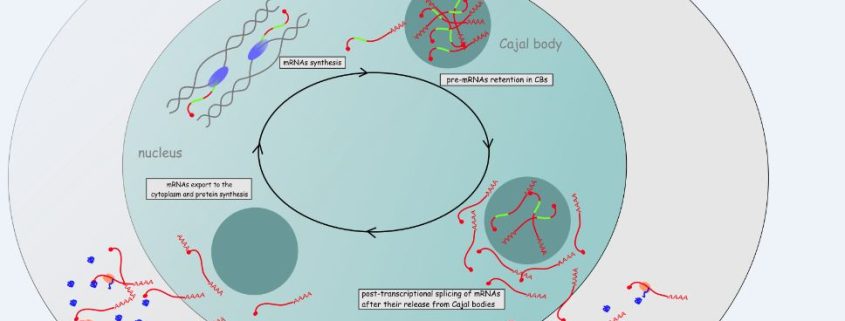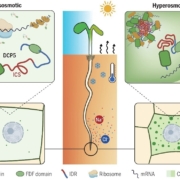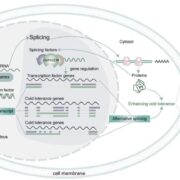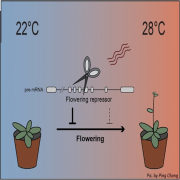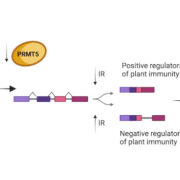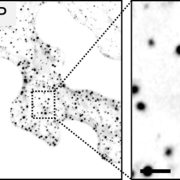Pre-mRNA retention in Cajal bodies as a mechanism of post-transcriptional regulation of gene expression during development
By Dariusz Jan Smoliński, Nicolaus Copernicus University, Poland
Rudzka and colleagues characterize the retention of Sm pre-mRNAs that retain introns in Cajal bodies over the course of microsporocyte development in European larch (Larix decidua)
Background: Reports in both animals and plants have recently revealed that a part of protein-coding transcripts might be retained in the nucleus for most of their lifetime. To date, nuclear speckles were the only domain associated with the accumulation of mRNA in animal cells. We previously showed that transcription occurs in a pulsatile manner in larch microsporocytes, during prophase of the first meiotic division. After each pulse, transcription is turned off, but the newly synthesized transcripts are not exported immediately to the cytoplasm, but are instead retained in the nucleoplasm and Cajal bodies (CBs). CBs are self-organized structures that appear when there is a need for increased metabolism of certain RNA types. CBs are evolutionarily conserved in both animal and plant cells, indicating their fundamental role in eukaryotic cells.
Question: Are protein-coding transcripts retained in the nucleus and CBs in their mature or immature form? Does mRNA retention regulate protein synthesis? Does nuclear retention contribute to gene expression during development?
Findings: Here, we show that only non-fully-spliced mRNAs with retained introns are stored in CBs. Retained introns are spliced at precisely defined times, and fully mature mRNAs are released into the cytoplasm for translation. Retained introns are removed post-transcriptionally at the developmental stage when the encoded protein is needed. Nuclear retention of intron-containing pre-mRNAs is a functional regulatory mechanism that prevents premature translation of proteins in transcriptionally silent meiotic cells.
Next steps: Future research will focus on the precise molecular mechanisms by which CBs are involved in mRNA retention. What is the role of cis-elements (sequences in pre-mRNA) and trans-elements in pre-mRNA retention in CBs? These questions should also help us understand post-transcriptional splicing after intron-retaining pre-mRNAs leave CBs. We believe that our work will serve as a starting point for many other studies that will expand our understanding of the involvement of Cajal bodies in nuclear retention of incompletely spliced mRNAs as a mechanism of post-transcriptional regulation of gene expression in plants.
Reference:
Magda Rudzka, Patrycja Wróblewska-Ankiewicz, Karolina Majewska, Malwina Hyjek-Składanowska, Marcin Gołębiewski, Marcin Sikora, Dariusz Jan Smoliński, Agnieszka Kołowerzo-Lubnau (2022). Functional nuclear retention of pre-mRNA involving Cajal bodies during meiotic prophase in European larch (Larix decidua). https://doi.org/10.1093/plcell/koac091


